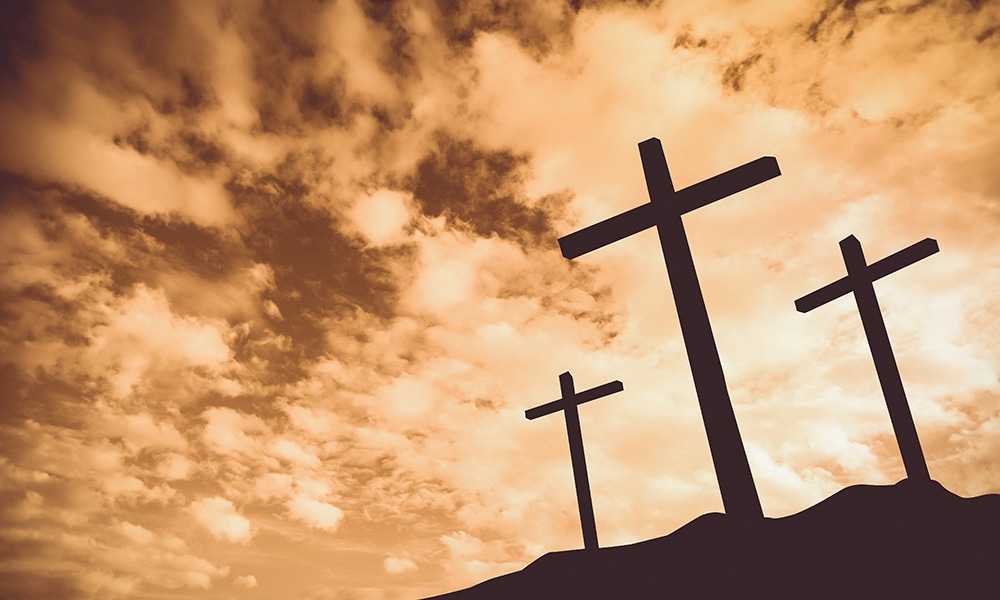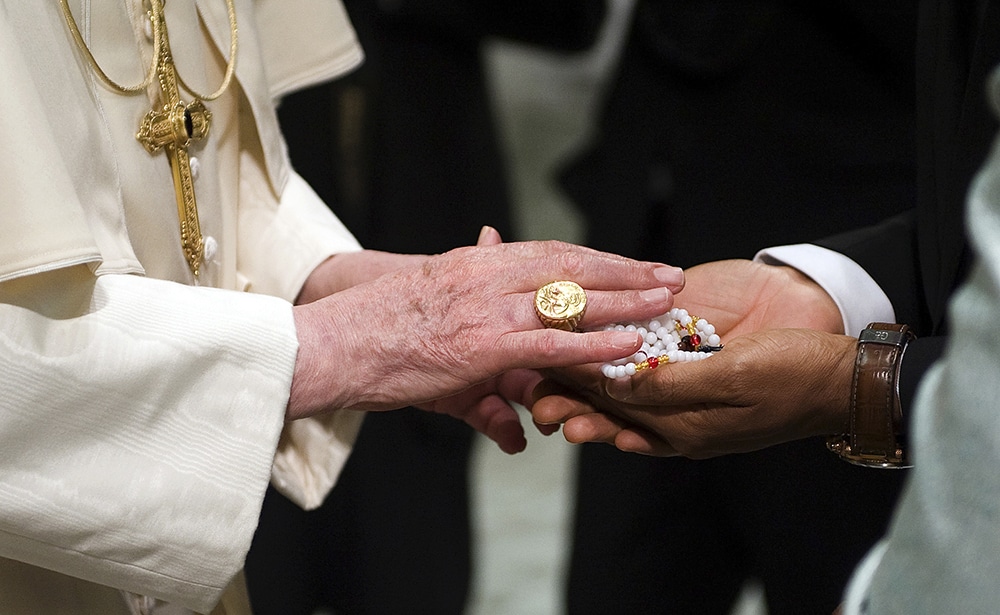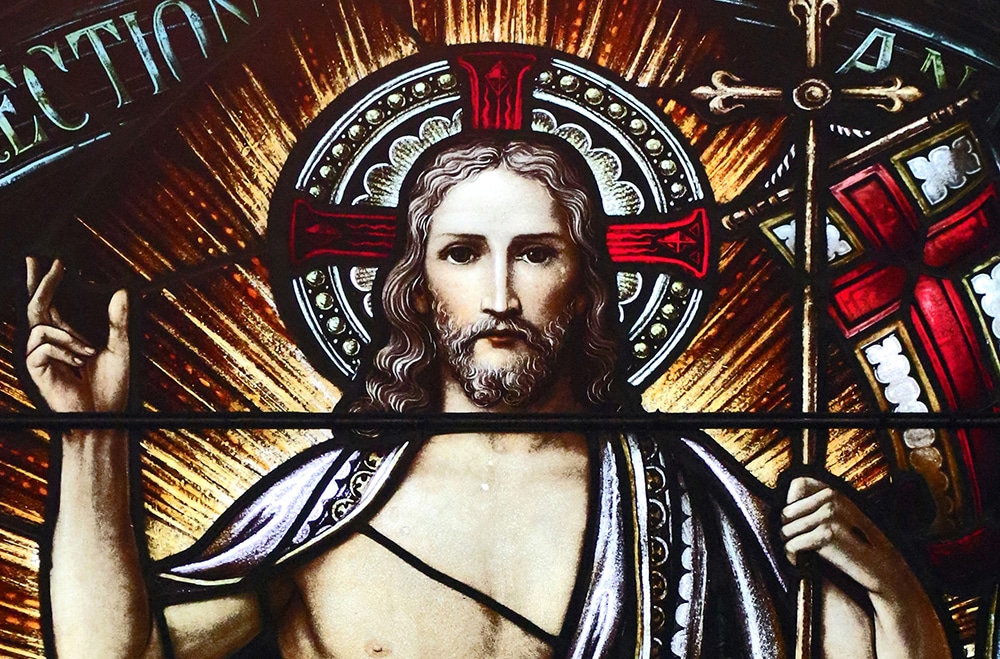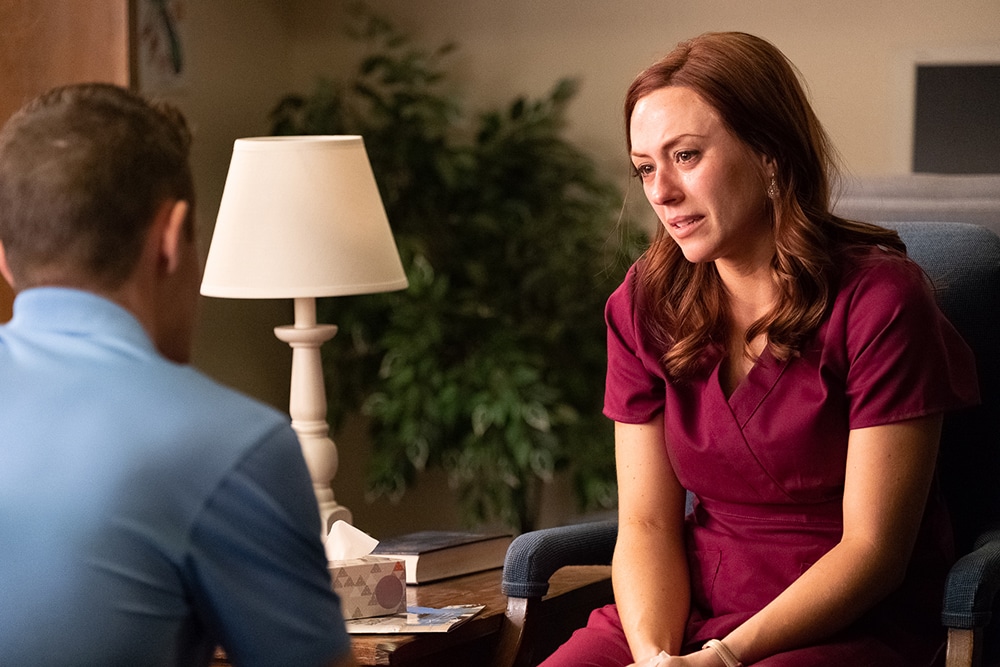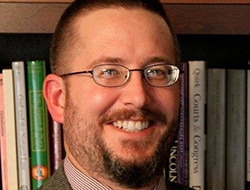 “Therefore, since we are surrounded by so great a cloud of witnesses, let us rid ourselves of every burden and sin that clings to us and persevere in running the race that lies before us while keeping our eyes fixed on Jesus, the leader and perfecter of faith” (Heb 12:1-2).
“Therefore, since we are surrounded by so great a cloud of witnesses, let us rid ourselves of every burden and sin that clings to us and persevere in running the race that lies before us while keeping our eyes fixed on Jesus, the leader and perfecter of faith” (Heb 12:1-2).
The Scripture readings for Lent from the Office of the Readings, part of the Liturgy of the Hours, are a complete lesson in salvation history. The liberation of God’s people from the bondage of sin — and the role that we ourselves must play in our salvation — is spelled out in the selections from Exodus (the first three weeks of Lent) through Leviticus and Numbers (the fourth week of Lent) to the Letter to the Hebrews (the fifth and sixth weeks of Lent, formerly known as Passiontide).
While there are readings from Hebrews on Holy Thursday, Good Friday and Holy Saturday, the cycle peaks with Hebrews 12, split over the Tuesday and Wednesday of Holy Week. We begin with the cloud of witnesses — the men and women who kept the Faith in a world darkened by sin before the coming of Christ — and end with an awe-inspiring image: “Therefore, we who are receiving the unshakable kingdom should have gratitude, with which we should offer worship pleasing to God in reverence and awe. For our God is a consuming fire” (Heb 12:28-29).
Amy and I have been reading these passages to our eight children every Lent for almost 20 years, since the oldest of them was old enough to understand. Yet every Tuesday and Wednesday of Holy Week, those words still shake me to my core.
After the Gospel of John, the Letter to the Hebrews is my favorite book of the Bible, and for the same reason: The narrative in each is so compelling.
“Jesus said to her, ‘Your brother will rise.’ Martha said to him, ‘I know he will rise, in the resurrection on the last day.’ Jesus told her, ‘I am the resurrection and the life; whoever believes in me, even if he dies, will live, and everyone who lives and believes in me will never die. Do you believe this?’ She said to him, ‘Yes, Lord. I have come to believe that you are the Messiah, the Son of God, the one who is coming into the world'” (Jn 11:23-27).
How do we know, in the darkest days of Holy Week, that Christ is risen, and that if we “persevere in running the race that lies before us” we will rise with him? Because God is the ultimate storyteller. He wrote the threads of salvation history over thousands of years, and then he sent his Holy Spirit to give John the Evangelist and the author of Hebrews the inspiration they needed to see how all of those threads converged on the cross, and have spun out from there into a web that has enveloped the whole world.
For 10 years I sent these Lent readings out every day to the subscribers of my About Catholicism newsletter, for the same reason that the Church chose these readings for this season: to remind us that the story of our salvation did not end with the cross, or the empty tomb, or the Ascension, or the descent of the Holy Spirit. The story continues in our lives today.
God did not choose Moses, Abraham, Peter, John or Paul because he was great; each became great because when God called he said, “Here I am.” And even though each one stumbled and fell, he stood up again and fixed his eyes on Jesus.
How do we respond when Jesus asks us to play our part in that story? Throughout the Gospel of John, he tells us what we must do. “Do you want to be well? … Rise, take up your mat, and walk” (Jn 5:6-8). Christ’s gift of salvation is freely given to all who willingly accept it by following him.
“[S]urrounded by so great a cloud of witnesses” and inspired by their example, we can do the same.
Scott P. Richert is publisher for Our Sunday Visitor.

